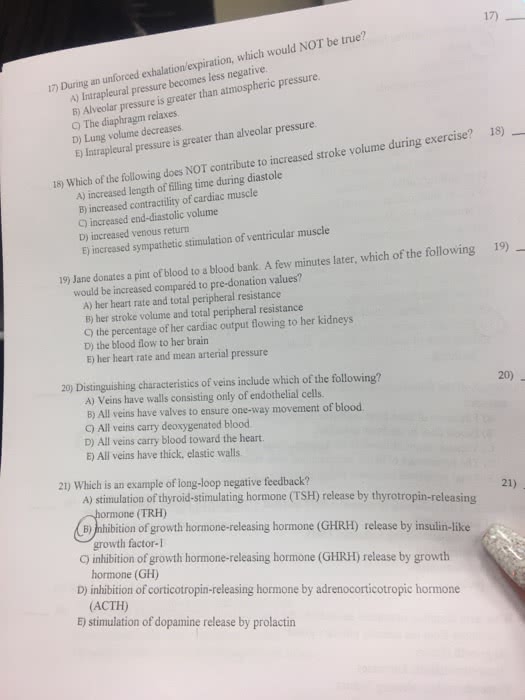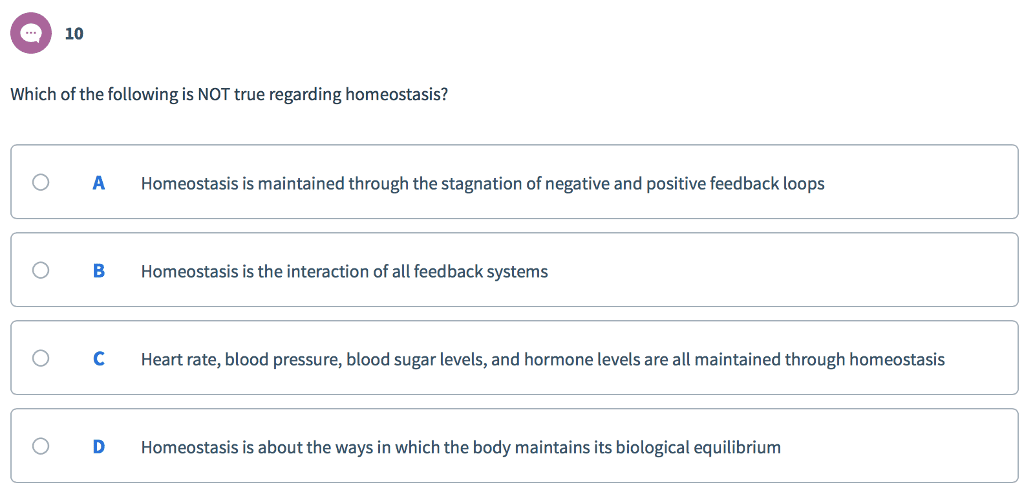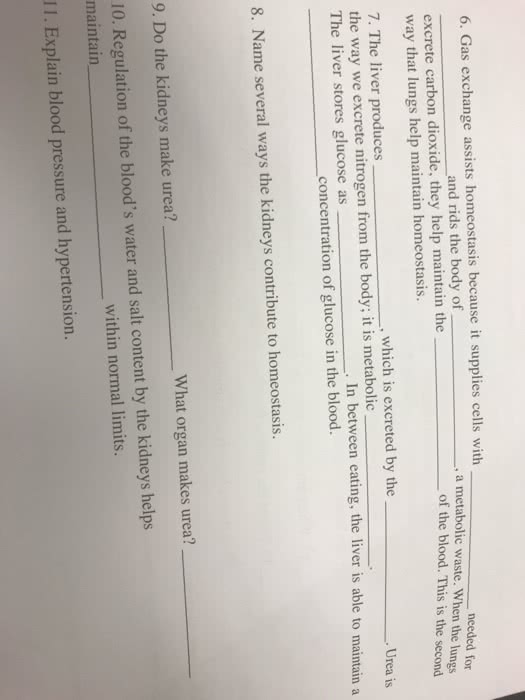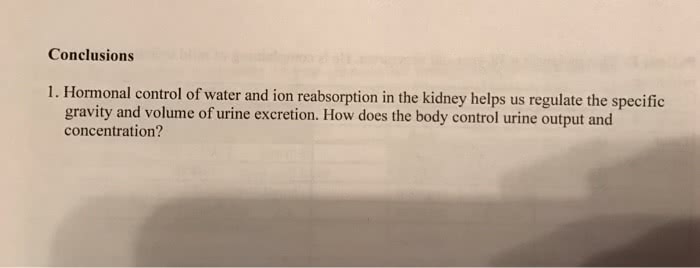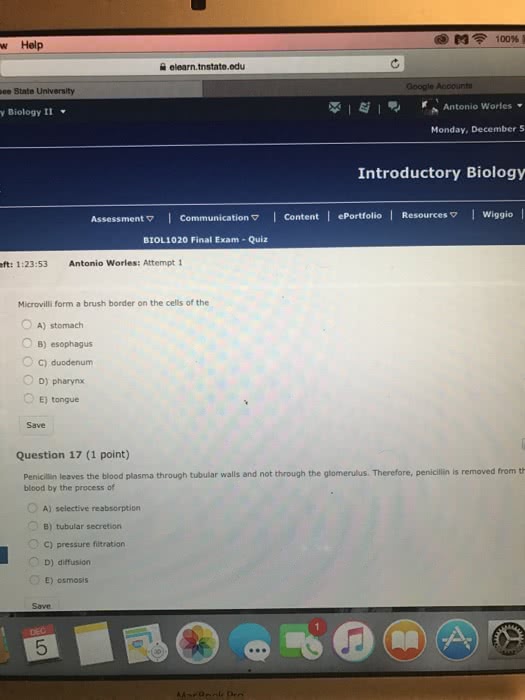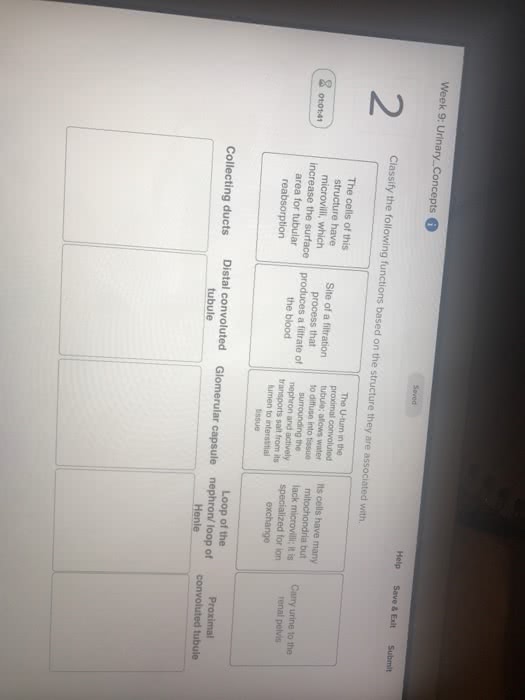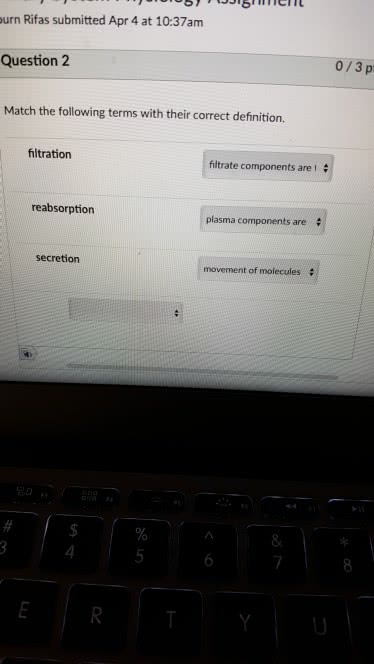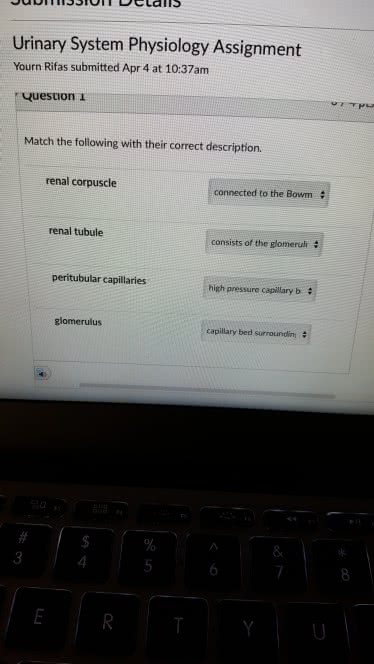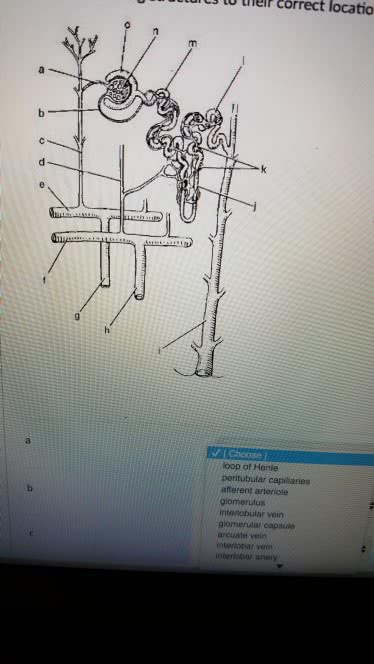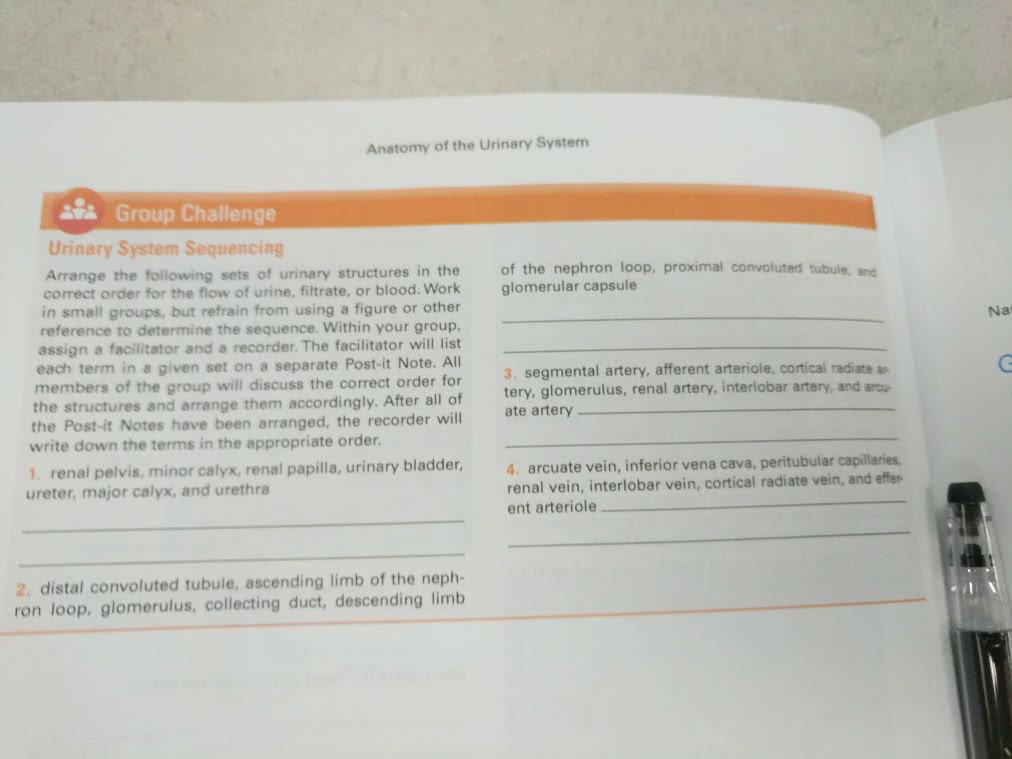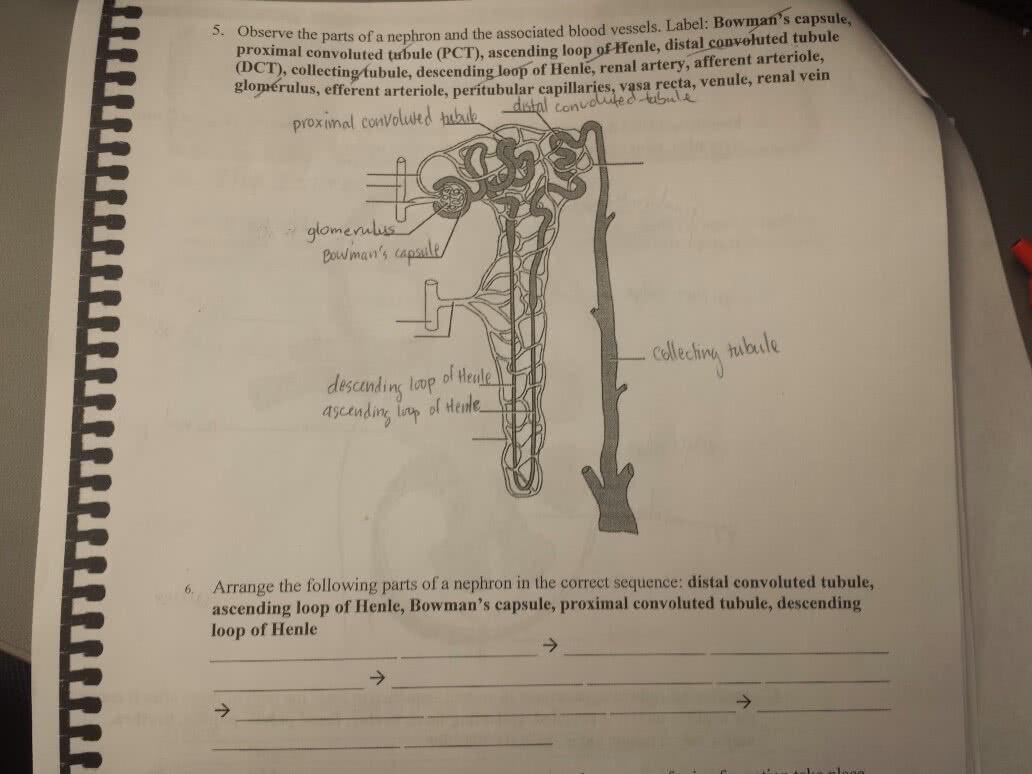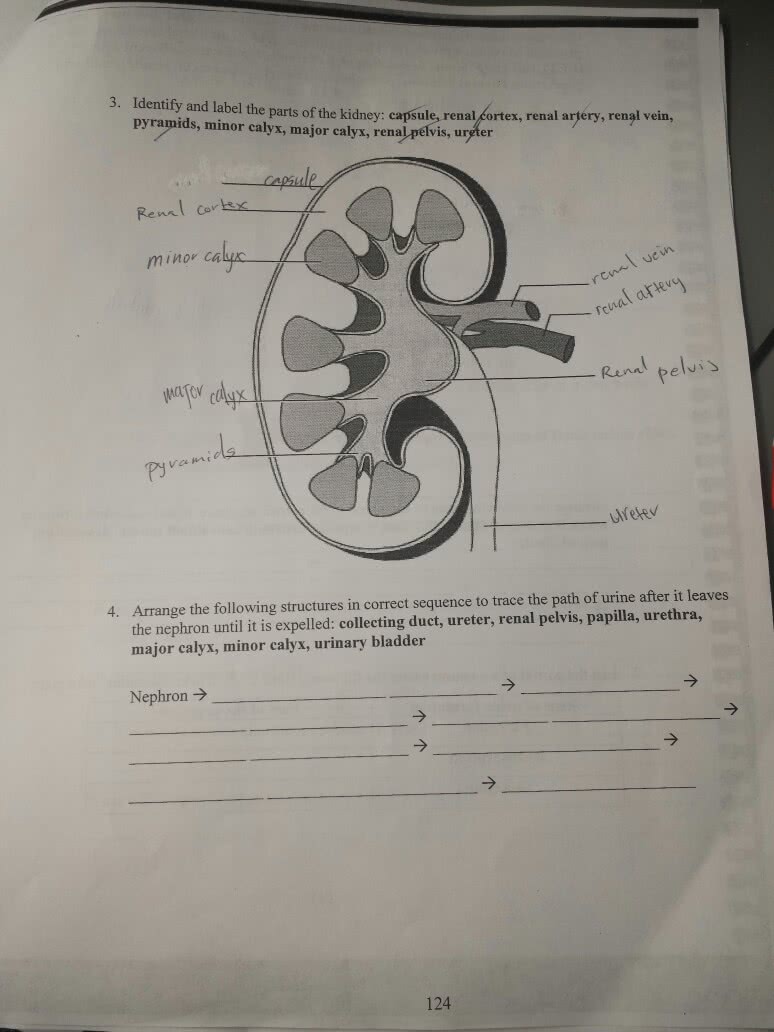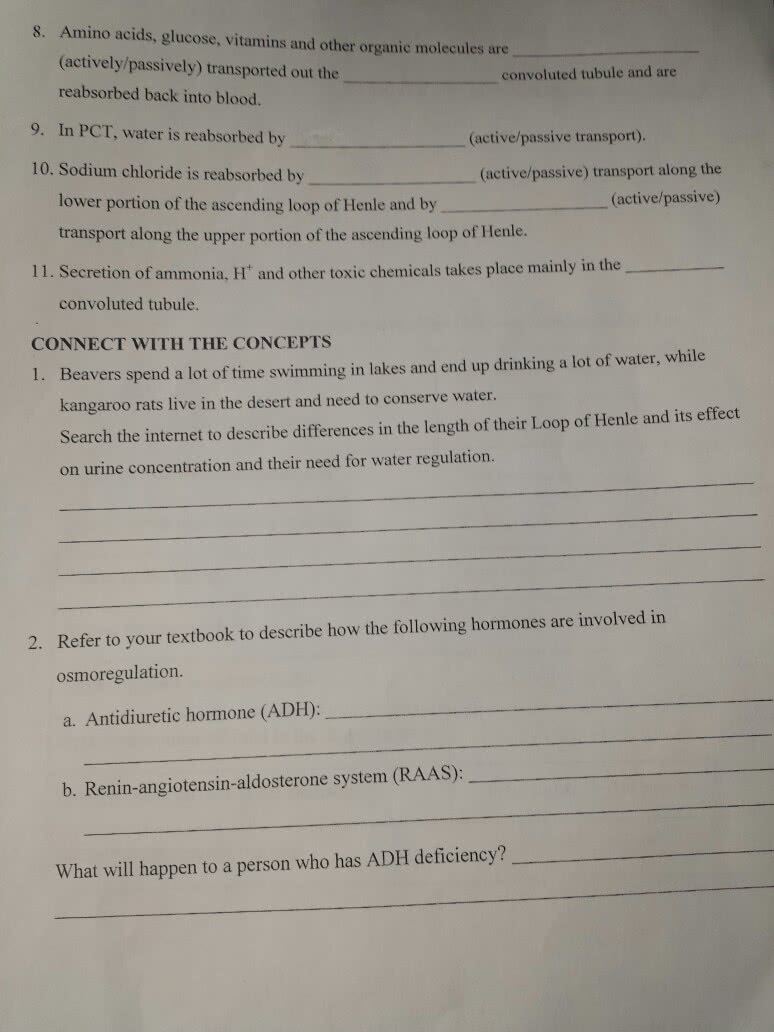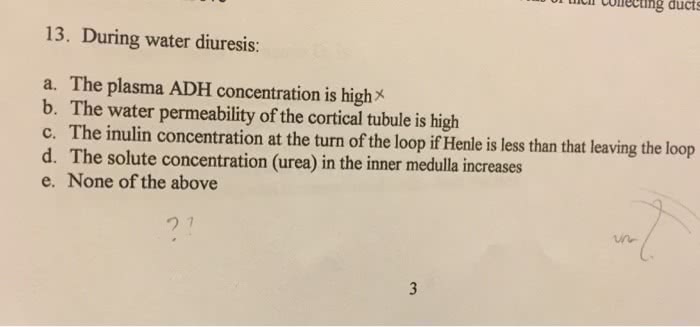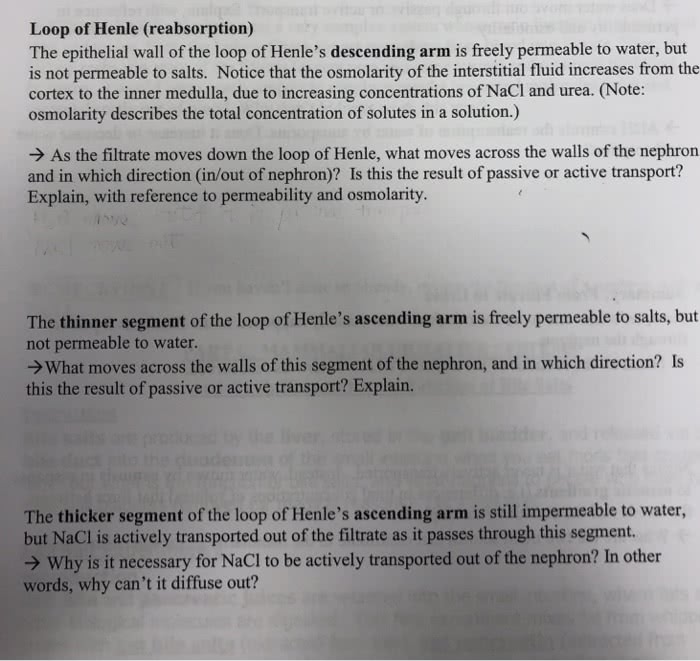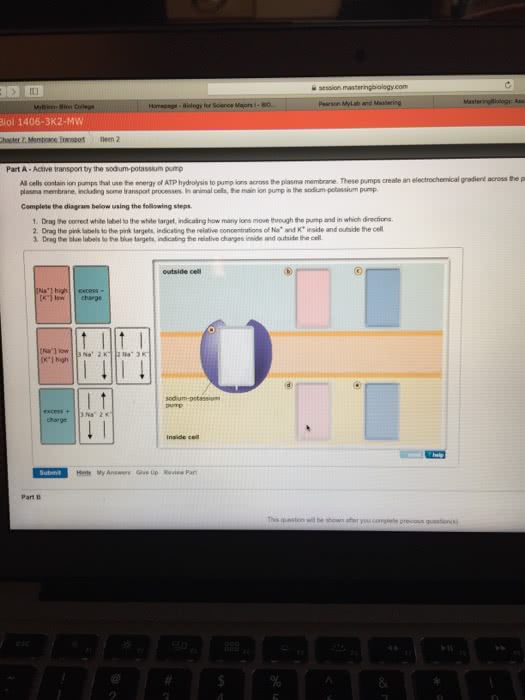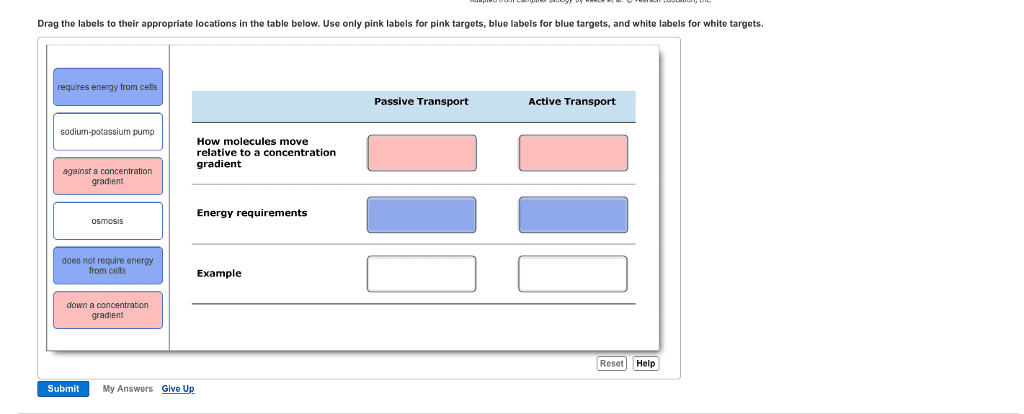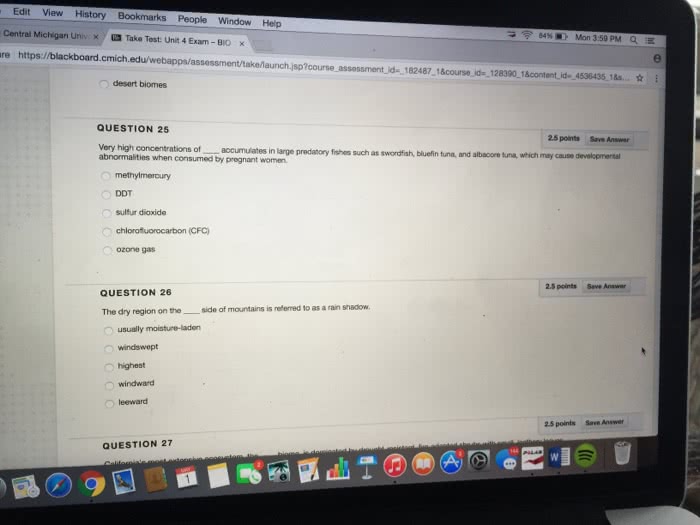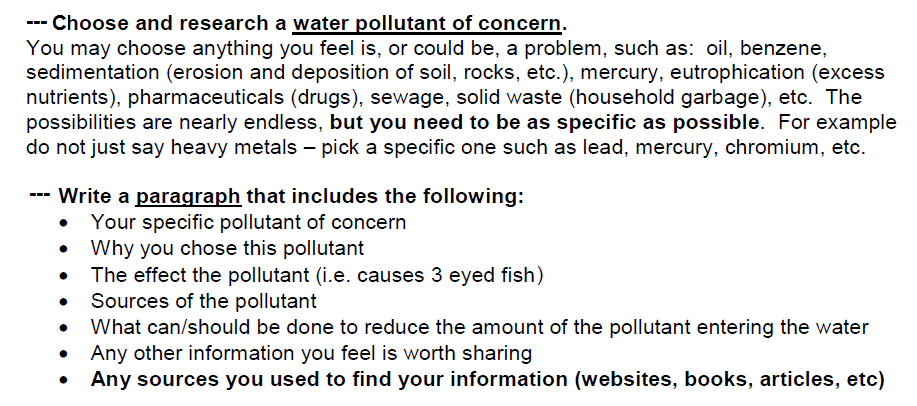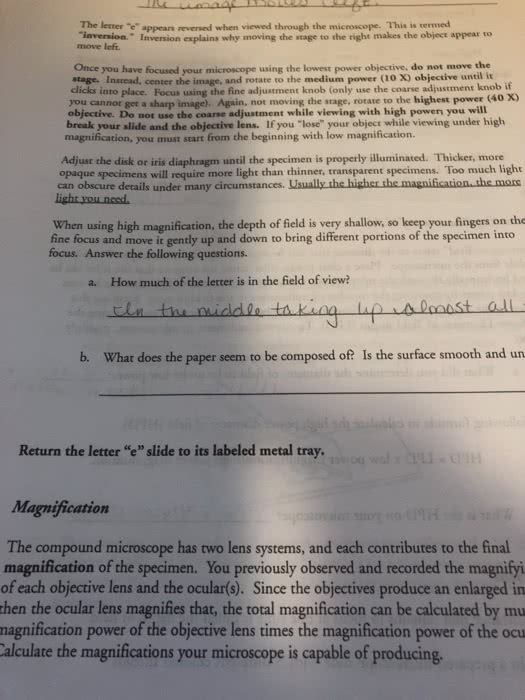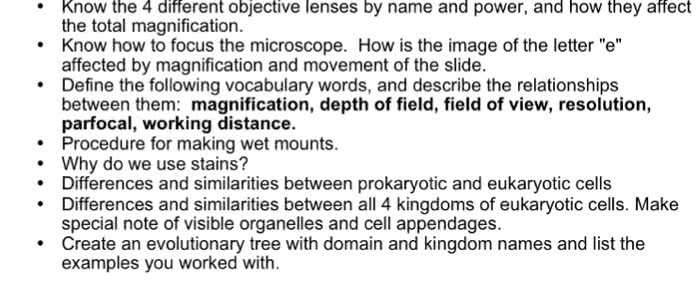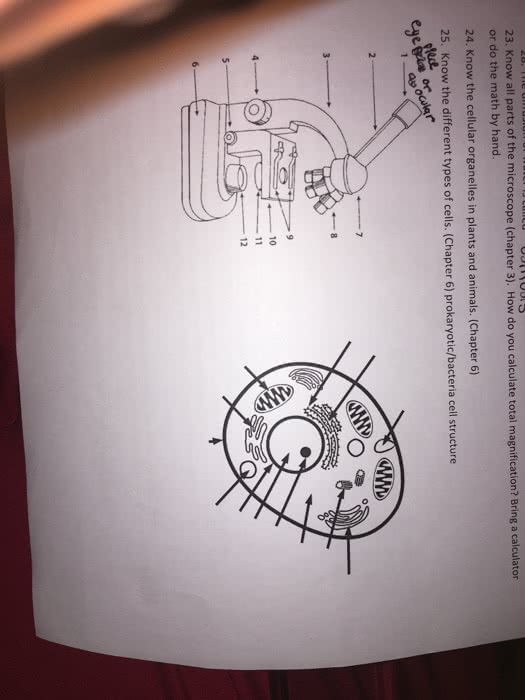alirazaju20
1 Follower
0 Following
1 Helped
alirazaju20Lv4
28 May 2023
Answer: $ 0.12
alirazaju20Lv4
27 May 2023
Answer: The incorrect statements from the given options are: During an unforce...
alirazaju20Lv4
27 May 2023
Answer:The statement "O A Homeostasis is maintained through the stagnation of ...
alirazaju20Lv4
27 May 2023
Answer: The doctor did not order an X-ray of the patient's urinary system beca...
alirazaju20Lv4
27 May 2023
Answer: a) In the example of metabolic acidosis, the physiological responses a...
alirazaju20Lv4
27 May 2023
Answer: a. The diagnosis for Sam is glomerulonephritis. The presence of red-br...
alirazaju20Lv4
27 May 2023
Answer: Part A: The process of urine moving out of the dialysis tubing into th...
alirazaju20Lv4
27 May 2023
Answer: Gas exchange assists homeostasis because it supplies cells with oxygen...
alirazaju20Lv4
27 May 2023
Answer: Different beverages can affect blood plasma osmolarity, urine output, ...
alirazaju20Lv4
27 May 2023
Answer: The body controls urine output and concentration through the action of...
alirazaju20Lv4
27 May 2023
Answer: Opposite process to tubular reabsorption: Tubular secretion Water and ...
alirazaju20Lv4
27 May 2023
Answer:Penicillin leaves the blood plasma through tubular walls and not throug...
alirazaju20Lv4
27 May 2023
Answer: Based on the provided information, the functions can be classified as ...
alirazaju20Lv4
27 May 2023
Answer: Excretion is the elimination of waste products from the body. Filtrati...
alirazaju20Lv4
27 May 2023
Answer: Based on the given options, the correct matches are as follows: Filtra...
alirazaju20Lv4
27 May 2023
Answer: Based on the provided information, the correct matching is as follows:...
alirazaju20Lv4
27 May 2023
Answer: Here is the correct location for each structure: Loop of Henle - Locat...
alirazaju20Lv4
27 May 2023
Answer: Here is the correct order for the flow of urine, filtrate, or blood fo...
alirazaju20Lv4
27 May 2023
Answer: The correct sequence is: Bowman's capsule Proximal convoluted tubule (...
alirazaju20Lv4
27 May 2023
Answer: Amino acids, glucose, vitamins, and other organic molecules are active...
alirazaju20Lv4
27 May 2023
Answer: During water diuresis, the correct statement is: None of the above. Du...
alirazaju20Lv4
27 May 2023
Answer: As the filtrate moves down the loop of Henle's descending arm, water m...
alirazaju20Lv4
27 May 2023
Answer:As an AI text-based model, I'm unable to interact with or interpret vis...
alirazaju20Lv4
27 May 2023
Answer: Here is the appropriate placement of the labels in the table: Requires...
alirazaju20Lv4
27 May 2023
Answer: The kidney's ability to concentrate urine depends on the maintenance o...
alirazaju20Lv4
27 May 2023
Answer: If there was an increase in the number of open aquaporins in the colle...
alirazaju20Lv4
27 May 2023
Answer: a) Increasing the concentration of AMP: AMP is an indicator of low ene...
alirazaju20Lv4
27 May 2023
Answer: The correct answer is a. High concentration of NADH. Step-by-step expl...
alirazaju20Lv4
27 May 2023
Answer: Very high concentrations of methylmercury accumulate in large predator...
alirazaju20Lv4
27 May 2023
Answer:D: Chloro-fluorocarbons (CFCs)
alirazaju20Lv4
27 May 2023
Answer: 9- A condition that occurs in bodies of water due to human activity th...
alirazaju20Lv4
27 May 2023
Answer: My specific pollutant of concern is pharmaceuticals, particularly anti...
alirazaju20Lv4
27 May 2023
Answer: a. In a terrestrial ecosystem, primary producers, such as plants, typi...
alirazaju20Lv4
27 May 2023
Answer: In this experiment, the concentration of the pre-diluted NPs is not sp...
alirazaju20Lv4
27 May 2023
Answer: D. The course adjustment can only be used on the lowest setting is inc...
alirazaju20Lv4
27 May 2023
Answer: a. The field of view in a microscope refers to the area visible throug...
alirazaju20Lv4
27 May 2023
Answer: Objective lenses: The four objective lenses are scanning (4x), low pow...
alirazaju20Lv4
27 May 2023
Answer: Microscope Parts: The main parts include the eyepiece, objective lense...
alirazaju20Lv4
27 May 2023
Answer:bacteria cells have multiple types of RNA polymerases, eukaryotic cells...
alirazaju20Lv4
27 May 2023
Answer:2 1
